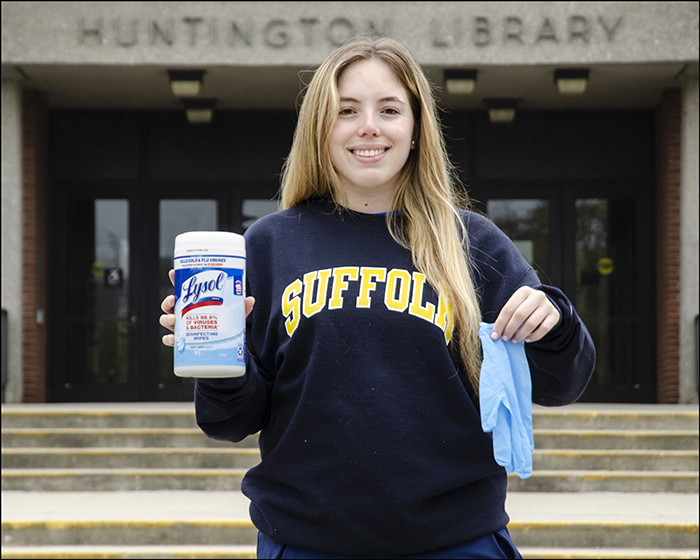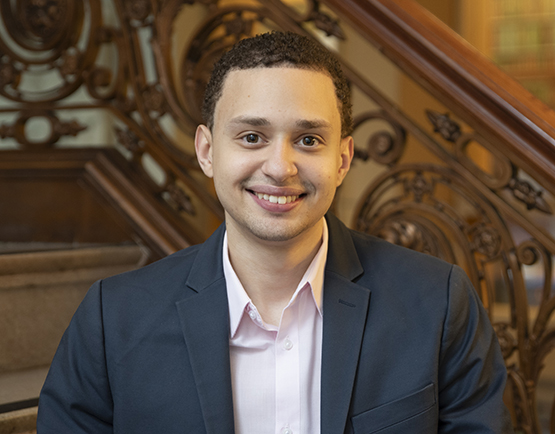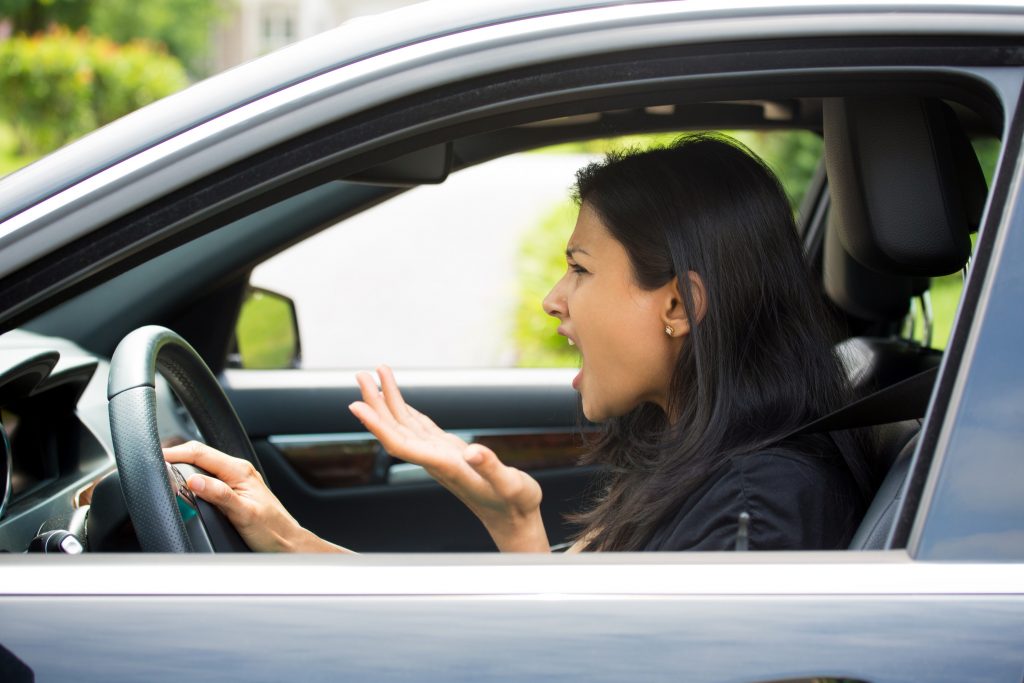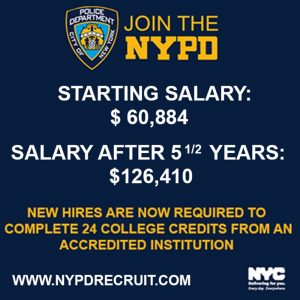By Dave Paone
Campus News
As far back as Kyra Higbie can remember, her mother was always rescuing injured, wild animals and nursing them back to health.
“If a raccoon fell out of a tree, a squirrel was found in the backyard, a random turtle, it came inside,” the 22-year-old told Campus News.
The apple didn’t fall far from the tree. Kyra has the same love of animals her mother has.
At the moment the Higbie household on Long Island has four cats, four ferrets, and eight dogs - seven of which are fosters.
Kyra not only has a love of animals, but a love of humanity. For the past three years she’s been working with low-functioning and nonverbal adults with autism, as well as others with Aspergers, and those who’ve had traumatic brain injuries. Such injuries have greatly reduced their abilities, making them similar to low-functioning autistic people.
She finds caring for them similar to caring for injured animals in that “they can’t talk to you sometimes, so in that way you have to figure them out slowly, and figure out what they want, or what they need, or what they like.”
Kyra has worked in group homes known as “individual residential assistance.”
These residences are houses that are outfitted for special needs people with provisions such as wheelchair access and modified bathrooms.
There can be around seven to 10 people living in the house plus staff that comes and goes. Often the residents are there because their parents are aging and can no longer care for them, or they’re a ward of the state with no relatives to care for them, or they’ve “aged out” and can no longer care for themselves.
Many of the tasks Krya did with the residents most people would find mundane - laundry, cleaning their bedrooms, doing their nails – but they could not do these tasks by themselves.
Her responsibilities ranged from the mundane to the disgusting.
On a “shower day” she would do just that: give the individuals showers. Naturally they’d be entirely naked and she’d need to clean each orifice and crevice.
“That is where gloves come in,” she said. “Wipes and gloves and diapers were the three main essentials in every bathroom.”
“Wipes are your best friend,” she said.
The residents “sometimes have accidents” prior to the shower making them especially unclean.
Kyra has tools-of-the-trade to make the operation go more smoothly. In addition to the latex gloves, the showers at these houses are outfitted for assisted showering, particularly with a wand.
For residents in wheelchairs, some bathrooms have a device to lift them out of the wheelchair and place them onto an “almost bed-like bath” for showering.
She also wears shower shoes (without socks) and shorts because her legs get wet. Sometimes an extra sweatshirt is needed if her top half gets wet.
In the first home she worked at she showered both male and female residents.
“It can be kind of shocking at first because you’re not used to seeing strangers naked,” she said.
Then there are diapers and bedpans.
“Lots of people need help getting to the bathroom,” Kyra said. “Most of the time people [at the group homes] would wear diapers and hopefully you would try to catch whatever happens before it happens.”
But that isn’t always the case and it would be up to Kyra to clean them up and put a new diaper on them.
“Bedpans were usually reserved for somebody who was new and transitioning to diapers,” she said. “Or when I would fill in in the hospital.”
Parents of babies and young children deal with unpleasant messes all the time and most do so willingly. They knew what they signed up for.
But it may be safe to say a majority of the population draws the line at dealing with unpleasant messes if they’re made by someone they didn’t give birth to. If it’s not their child, it’s not their problem.
“I don’t blame people for that whatsoever, I really don’t, because I would say I had a weak stomach when I first started working in the homes and your stomach kind of hardens up or it doesn’t and if it doesn’t, I don’t think you’re there for that long,” she said.
At first Kyra considered a career as a wildlife biologist but instead majored in journalism at Suffolk, hoping to “write about conservation with the focus on animals” and “ecological problems.”
“My dream job would be to work for National Geographic as a journalist,” she said. This would include “going on expeditions” and shooting pictures as a photojournalist.
Kyra’s parents purchased a subscription to the print edition of the magazine for her when she was 10 and now she subscribes to the digital edition.
She graduated in 2022 and her next stop is SUNY New Paltz, with a major in journalism and two minors - one in filmmaking and the other in graphic design - for a BA. There may even be a graduate degree after that.
In the meantime she’ll continue working with those in society who need her help and see the positive in each one of them.
“Autistic people are people,” she said. “Maybe someone who’s autistic can do beautiful art but can’t sign their name.... [Maybe] somebody is amazing with numbers in a way I can never be but they might not be able to use the toaster.... People underestimate autistic people or special needs people and they can do amazing stuff if you give them the ability to do that stuff.”








Facebook Comments